Terry purslane
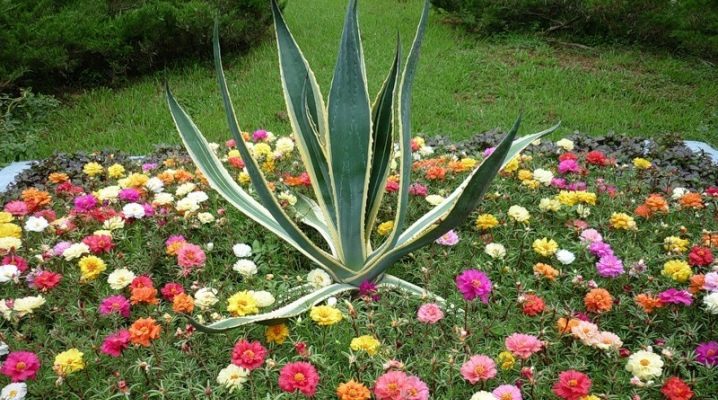
This plant owes its unusual name to the seed capsule, which when open resembles a miniature open gate (portula is translated from Latin as "gate"). Purslane spread throughout Europe, where it was brought from the New World in the Middle Ages, took root well and became widespread. Nowadays, there are both wild and cultural varieties of this unpretentious and bright flower.
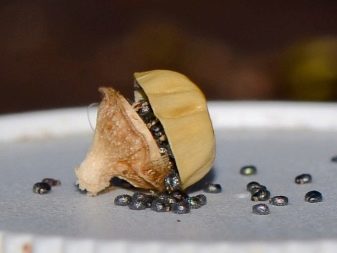
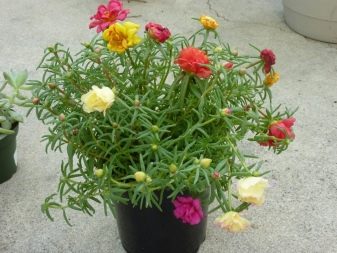
Types and varieties
In modern gardens, two types of purslane are grown: flowering purslane (double, large-flowered, ampelous) and vegetable, which is eaten. The most popular is the flowering variety. It is planted in city parks, adjoining front gardens, creating multi-colored flower beds that bloom from June to August.
The most common varieties of purslane are Slendeks, White, Prince's rug, Cherry, Scarlet, Kalambur and many others. The Slendeks variety is characterized by pink-purple inflorescences. And "White", as the name suggests, has medium-sized snow-white flowers with a bright yellow center.

Terry purslane of the hybrid variety "Kalambur" forms a low (cover height - 10-15 cm) multi-colored carpet on the flower bed.
A vibrant blend of purples, yellows, pinks and reds looks great when paired with bountiful, fleshy greens.
The Flamenco variety is very large, forming a shrub with a height of about 30 cm. The color scheme of double flowers forms a combination of lilac, orange, pink and orange shades. In addition, this variety has a long flowering period, ensuring the beauty of the flower bed from mid-May to September.
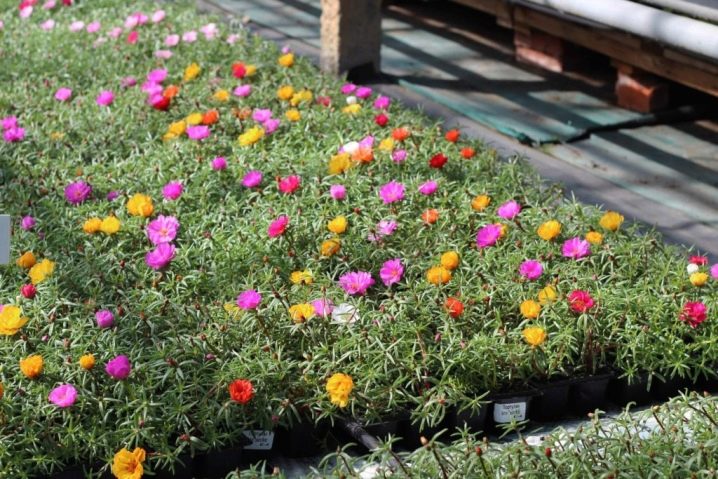
Large-flowered
Most often, this plant is found in our flower beds in the form of a large-flowered purslane (Portulaca grandiflora). Initially, this plant is perennial, but in street flower beds and flowerpots it is most often grown as an annual flower. The reason is the inability to survive the winter cold on your own. When grown outdoors, its stems spread along the ground, forming a solid green carpet on its surface. Plants with small fleshy leaves are decorated with a whole scattering of beautiful multi-colored inflorescences. The average height of this rug is 15-20 cm. The most common flowers are white, red, coffee, yellow. The diameter of a flower, consisting of 5 petals, is 2.5-3 cm. In a terry purslane, the number of petals increases, which makes the flowers look like tea roses.
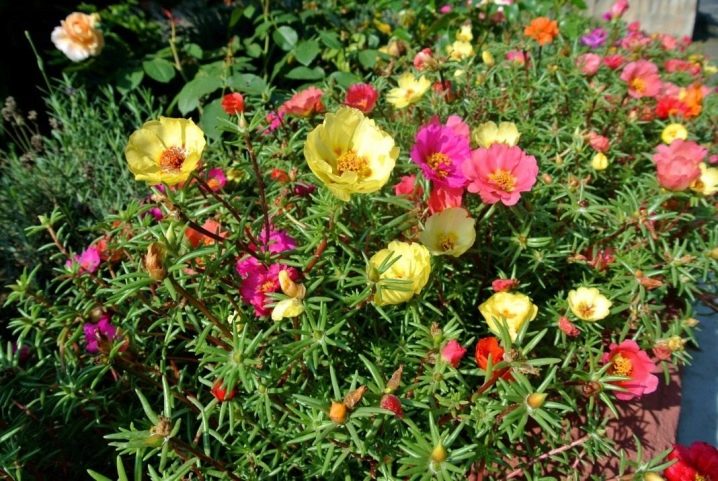
The peculiarity of the purslane is that each flower blooms for one day. At the same time, they bloom only in the presence of the sun; in cloudy weather, the purslane does not bloom. Seeds of large-flowered purslane are small. They ripen in self-opening boxes. Although the plant can spread independently, with this option, the seeds germinate only in spring, and flowering does not occur until August.
To avoid this situation, withered flowers and unripe bolls are regularly cut off.
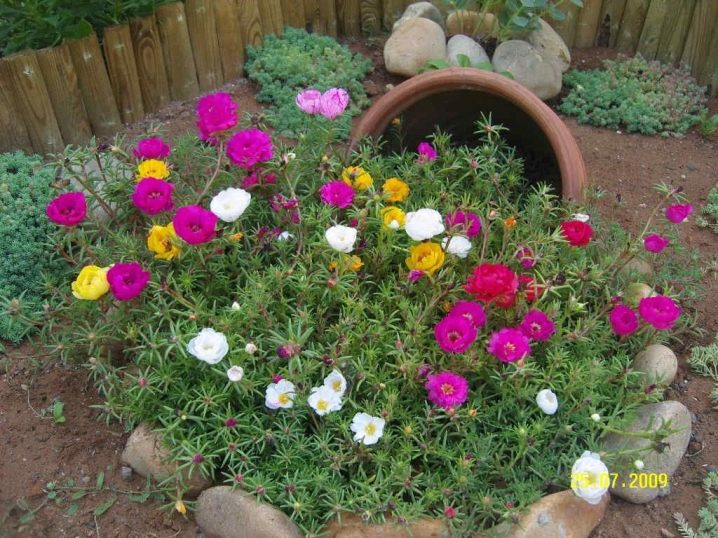
Ampelny
The ampelous variety includes those varieties of purslane that are grown in hanging pots. In this embodiment, the plant becomes perennial, therefore it is ideal for growing as an indoor plant. It is most advisable to place it on a window with the maximum amount of natural light.
This variety reproduces most often by cuttings in the spring, which ensures early flowering of young plants. In autumn and winter, the ampelous variety of purslane needs regular watering. But feeding ends in October and resumes with the first days of spring. Two weeks after the first feeding, cuttings can be cut, which quickly take root in a humid environment. After about a month, young seedlings will form full flowering bushes. They can continue to be grown at home or transplanted outdoors for the summer.
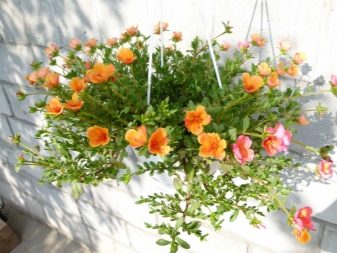
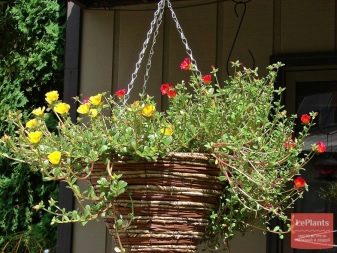
Seed planting
Purslane is rarely grown outdoors from seed, as this greatly shortens its flowering period. Planting with seeds is possible only after the end of frost on the soil, respectively, for most Russian regions this is the beginning or mid-June. Seeds germinate after about 7-10 days if the air temperature exceeds + 25 ° C, and at first the seedlings grow very slowly and need constant care. With dense germination, young plants must be planted, providing them with free space. During this period, you can combine different varieties, creating the desired color combination.
For planting purslane, the most sunny open areas with sufficiently dry soil are selected. Therefore, he feels good in flower beds such as alpine slides or in hanging pots. At the same time, at first, young shoots need abundant regular watering. After the first buds appear, excess moisture can lead to abundant green mass growth and a reduction in the number of buds.
Since purslane is capable of self-propagation, it is advisable to monitor the maturation of its seeds. Cultivated varieties are capable of degenerating under such conditions and filling the garden already as a weed.
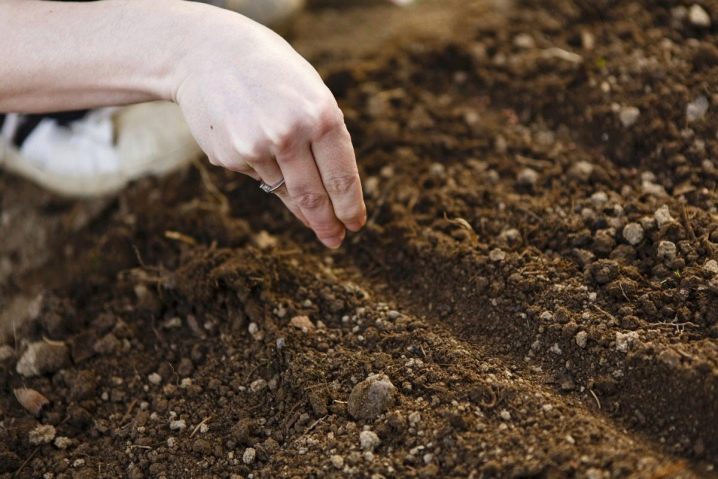
Growing seedlings
Growing purslane through seedlings is the most optimal option, since this allows you to enjoy its flowering from mid-June. To obtain seedlings, seeds are sown on the surface of damp earth, they are slightly pressed (but not covered from above).
For about one week (before germination), the seed pots should be in greenhouse conditions. It is also recommended to conduct a daily 20-minute ventilation with the removal of condensation from the greenhouse film (glass, plastic cover). When all the plants have sprouted, the covering material is removed. Young seedlings can be watered with a spray bottle or through a pallet. They need a lot of sunlight and fresh air, so it is ideal to place them on a windowsill with a micro-ventilation window. The duration of daylight hours should be at least 12-14 hours, otherwise it is necessary to organize supplementary lighting with phytolamps or LED lamps.
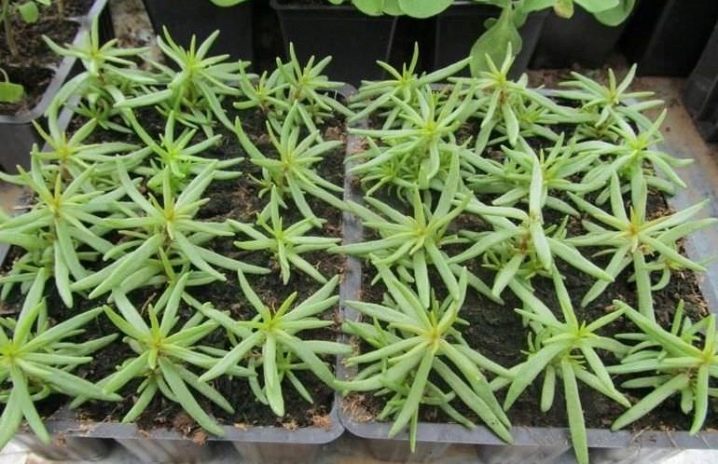
For planting and diving of purslane seedlings, it is necessary to prepare new containers with suitable garden soil. Seedlings from the common box are neatly picked up with a wooden stick (you can use a plastic spoon), the sprout should be transferred along with the soil on the roots. In the middle of the glass, a small depression is made, where the dug roots are placed. There should be holes at the bottom of the cups so that the soil can be saturated with moisture from the pan with water, in which they should be placed.
Purslane seedlings are planted in open ground (boxes, flowerpots, etc.) only after the threat of night frosts disappears. In central Russia, this occurs approximately in the third decade of May, in Siberia and the northern regions - in the second decade of June, in the south of the country - in the first days of May.
Only plants with a height of at least 5 cm can be planted if there are at least a dozen leaves on the stem, ideally a few buds.
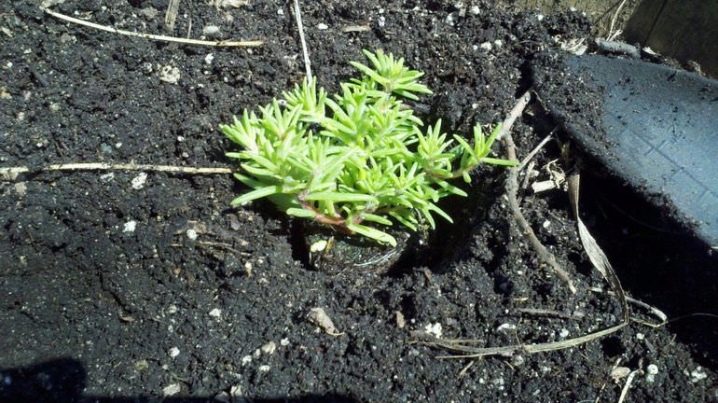
Purslane in landscape design
Such an unpretentious and resistant to diseases and pests, the plant is deservedly popular not only among ordinary gardeners, but also among professional designers.
Each purslane variety looks different. They differ primarily in the shape of the stem (cylindrical, branching, hollow, rough) and leaves (whole, flattened, ovoid). Flowers in most varieties are single (double, simple), less often they form inflorescences of 3-4 flowers. The color scheme of the purslane is very diverse: from snow-white to deep red, lemon or purple.
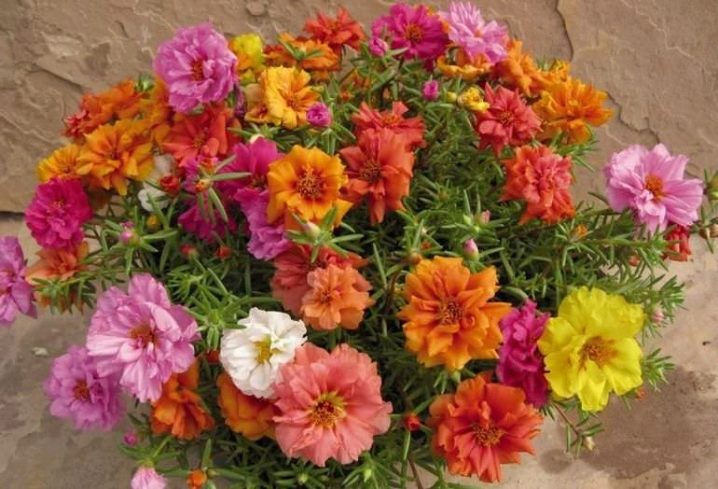
All this allows you to use flowers for a variety of purposes. Most often, purslane is planted as a foreground decoration, to decorate free spaces between paths, borders.
The green carpet of purslane on the alpine slides looks most beautiful, where it fills all the free space between stones and higher vegetation.

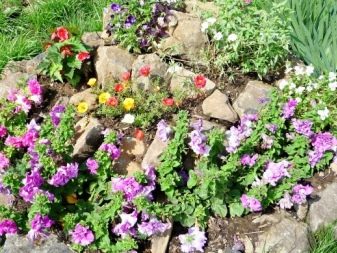
In areas with a harsh climate, this plant is preferred to be planted in garden pots, hanging pots, as this allows them to be removed indoors during bad weather, at night during spring and autumn frosts. In winter, they can be grown indoors, for example in a winter garden.
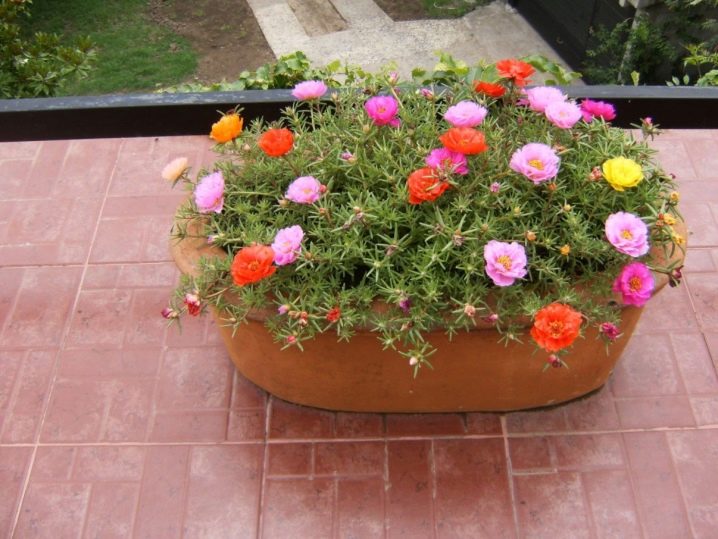
A varied palette of shades and a long flowering period allows for numerous combinations with other horticultural and ornamental crops. For example, with tulips, daffodils and phlox, perennial hosts or ornamental cereals. If you choose the right combination with similar requirements for soil and moisture, you can get a unique ensemble that will delight the owner with its beauty for a long time.
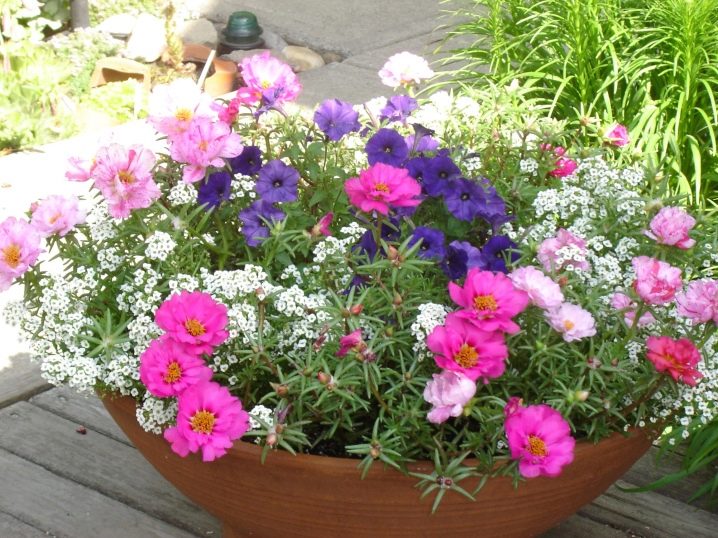








The comment was sent successfully.